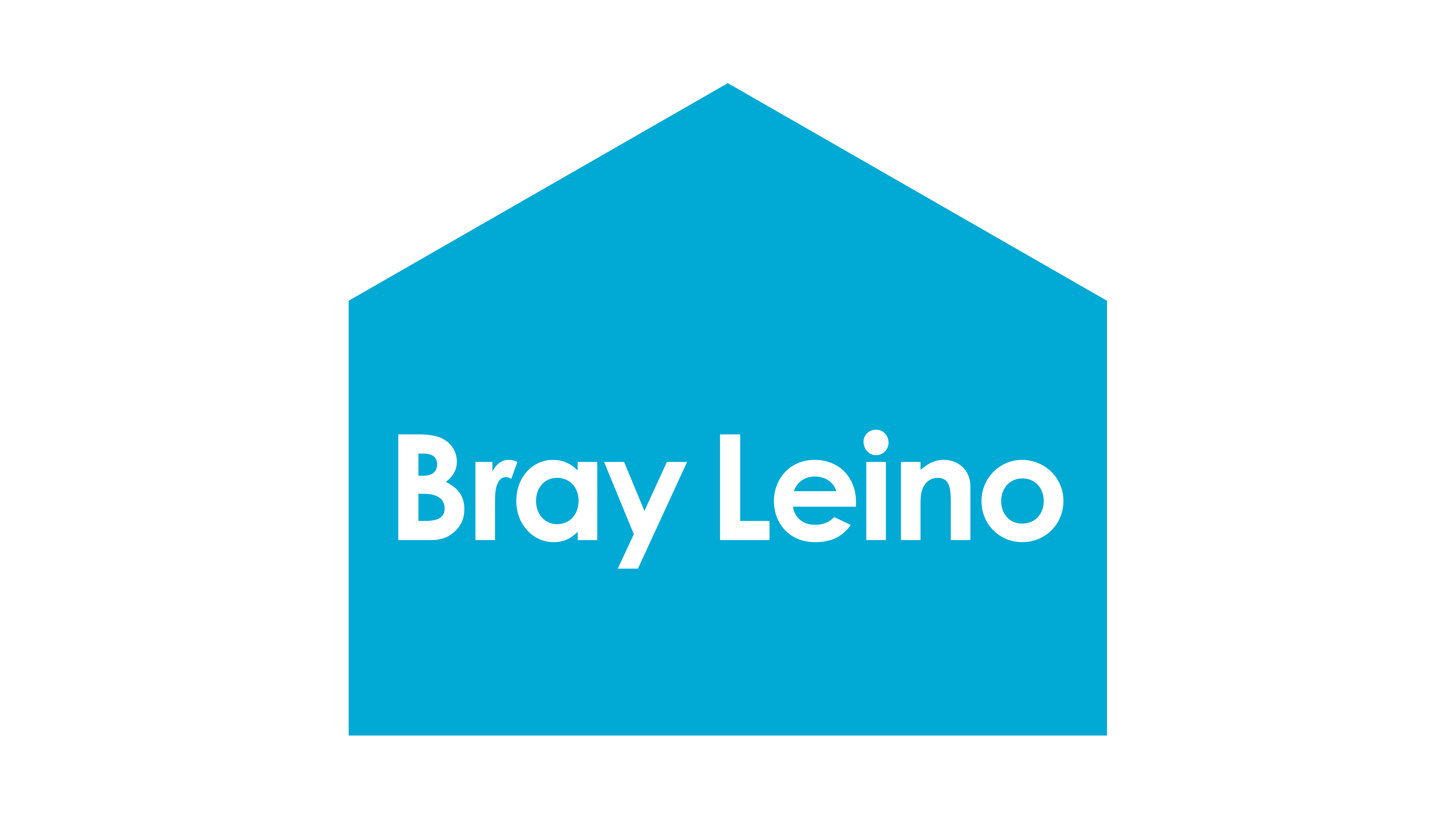Sam Crocker
The importance of innovating the everyday
Last week I was part of a panel debate at the CBI’s Innovation Conference, alongside some sharp minds from the likes of Kohler Mira, Google, SC Group and Safran. Andrew Livingstone, CEO of Screwfix, posed the question: ‘How should businesses prioritise their expenditure on innovation?’
It’s a pertinent question. Do a quick search on ‘innovation’ and you’ll find many hackneyed, cautionary tales, like how Blockbuster didn’t see Netflix coming, or about Kodak’s slow reaction to the rise of digital photography.
In our experience, few businesses need convincing of the need to innovate. What they want to know is how, and how to justify the expenditure.
Articles and case studies on innovation of course refer to the greatest examples, the great stories –transformative, game changing innovations that disrupted entire industries. The mistake many businesses make with innovation is trying to focus on matching the size, scale and ambition of these well-known examples.
In my answer to Andrew’s question, how to prioritise expenditure on innovation, I used a cricket analogy: Devoting all your energy to killer transformative ideas is like trying to hit a six off every ball.
If you take this unrealistic expectation in your approach to innovation, investment becomes increasingly hard to justify. Scepticism grows around why you’ve purchased an Oculus Rift, a drone and some beanbags. Questions arise about what people are actually doing when they’re allocated time to ‘do some innovation’.
From experience, we’ve found that the businesses that are better at innovation focus on innovating the everyday. They have a process for innovation and they stick to that process to solve everyday problems. Perhaps something specific in, say, customer experience, the purchase process or something as ordinary as how they process an invoice. They look at all the creative ways to make these things better, faster and more efficient. And in scoring those lower runs they build culture, confidence, they’re more assured in investing and have things they can point to as successes.
Don’t confuse this with low ambition. Teams that steadily build their score in this way are more attuned to spotting opportunities. They have the match fitness to whack it out of the park when the right ball comes along (the cricket analogy ends here).
At Bray Leino we have a breadth of experience in what we do (VR and apps through to chatbots) and a wide range of clients across many different industries who we’re fortunate enough to do those things for.
We know there isn’t one formulaic innovation process that can be applied to all businesses, so we’ve built a framework that we call our ‘Innovation Radar’. Each quarter, our people have time and resource to investigate trends and technologies impacting our Clients now and in the immediate future.
We apply what we learn to our own business and offer the insights to our Clients. The initiative allows us to apply our breadth of experience, shape an innovation process that best suits the organisation and devise tailored assessment criteria to prioritise investments.
Most importantly, our Innovation Radar focusses on the everyday. It focusses on making stuff; quick prototypes to learn from, not talking about ‘what we will do in the future’.
The CBI Innovation Conference panel debate was streamed on Facebook Live, you can still watch it, here.
Sam Crocker is Bray Leino's Digital Director. If you would like to find out more about our Innovation Radar, please get in touch.
